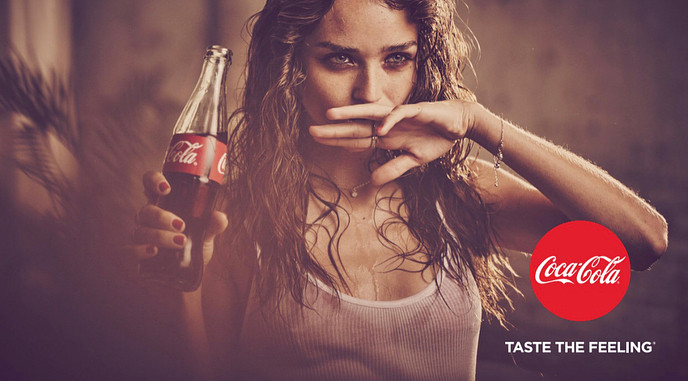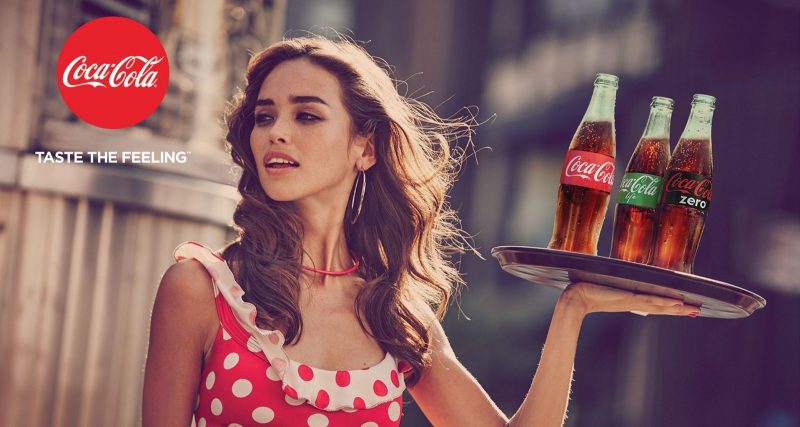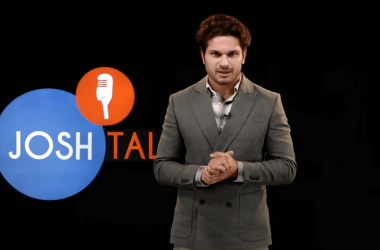Coca-Cola owns a product portfolio of more than 3500 products. The average daily servings of Coca-Cola are 1.9 billion people, and it is present in more than 200 countries worldwide.
Furthermore, Coca-Cola has been listed as the most valuable brand globally, with around 94% of the world recognizing its red and white Coca-Cola brand logo. About 3.1% of beverages consumed all over the globe are Coca-Cola products. It lies in the company due to its excellent marketing strategy, discussed further.
Coca-Cola is nothing but sugared water but still has a market capitalization of $192.8nbillion with 53 years of consecutive annual dividend increases. Coca-cola is a company that has survived more than 111 years which includes 7 revolutions and 2 world wars. It is not just a company but an economy comprising over $44.29 billion of revenue.
ADVERTISEMENT
How can a company that sells sugared water make a billion dollars despite having competitors tastier than Coca-Cola and healthier than Coca-cola?
The answer to this question is that Coca-cola deploys a genius marketing strategy because Coca-Cola can make profits in billion dollars merely by selling sugared water. The world knows and tastes Coca-Cola products. Out of 55 billion servings of different kinds of beverages drunk every day, other than water, around 1.7 billion are Coca-Cola licensed drinks.
What is there in Coca-cola that attracts the people?
The question arises about what is there in the Coca-Cola product that attracts people, consequently adding to its revenue. In 2005, there was a scientist called Reed Montague. He conducted a straightforward experiment to try and understand precisely the difference between Coca-cola and Pepsi and which one was more preferred by the subjects. He performed this simple experiment with 3 iterations:
ADVERTISEMENT
In the first iteration, Reed Montague placed two bottles, one of Coca-cola and the other of Pepsi, and took off the label so that people could not identify on the outside which one was Coca-cola and which one was Pepsi. So when he called the subjects to come and taste both the drinks, he scanned their brains through an fMRI scanner. Unfortunately, when people came and tasted both the glasses from the unlabeled bottles, they could not even identify the difference between Coca-cola and Pepsi. The fMRI scanner did not show any difference in reading their brains. So he sent them back and called them again for a second iteration.

This time he put the labels back on so that people could identify which one was Coca-cola and which one was Pepsi. When the subjects came and tasted Pepsi, nothing happened, but the moment they tasted coca-cola, the fMRI scanner showed a significant difference in the reading. That’s when Reed Montague thought, ‘maybe there is something to the recipe,’ so let’s send them back and call them in for the third iteration.
This time he swapped the logos, which means that the bottle that contained Coca-cola was now labeled as Pepsi, and the bottle that had Pepsi was now labeled as Coca-cola. Nothing happened when the subjects came and tasted the Coca-cola from the Pepsi labeled bottle. Still, the moment they tasted cola from the Coca-cola labeled bottle, the fMRI scanner showed the same significant difference in the reading. And that is when Reed Montague understood that it is not the Coca-cola, not the bottle, not the subjects, it is just the flash of a red color logo of Coca-cola that made a significant difference in the reading.
ADVERTISEMENT
It made him clear that it was just that flash of the red and white logo which made a significant difference in the reading of their brains and altered their very perception of people. This red logo justifies the billion-dollar budget that Coca-cola takes out every year to establish itself as the brand icon of happiness.
Why is Coca-cola considered as the brand icon of happiness?
The fundamentals of marketing any product depend on two kinds of value. The first value is the tangible value, the product’s actual value, and the second is the perceived value. In simple words, when we go to a restaurant, the aroma, the room freshener, the lighting, and the ambiance add to the product’s perceived value. It will enhance your perception of the experience, and the tangible value of the product is how well the food is cooked. So, if you visit the best restaurant globally and get a rotten chicken on your plate, you will still not like it. The food here is the tangible value of the product, that is, the restaurant.
Furthermore, if you go to a restaurant that serves the best food, but you see some dead, the value of a product depends on the development of tangible and perceived value. Therefore, if one of them is low, the product will decrease. Even though the product’s actual value is excellent, the perception of the product has been downgraded to such an extent that the experience is completely ruined. Therefore, every company needs to make sure that building a great product will only bring up the tangible value of that product. In contrast, the marketing strategies will enhance the perceived value and improve the perception of the product in people’s minds.
When it comes to coca-cola, the tangible value of the Coca-Cola product is sugar, and by default, sugar is bound to give you pleasure. Furthermore, when it comes to the perception of the product, coca-cola did an extraordinary job by associating itself with the emotion of happiness, thereby recognized as the ‘Brand icon of Happiness.’
A classic example of the association with the feeling can be seen when coca-cola penetrated the Indian population using its remarkable marketing strategy. When coca-cola came to India, the company faced a hard time because they did not know what type of commercial to bring that would resonate with the entire country. After all, India is such a beautifully complex country that culture and lifestyle change when you go from one state to another. How can an advertisement join all the people together, which was later done with its association with Cricket, the most popular game in India? It was understood that in India, regardless of religion, race, caste, and sec, everyone is an Indian in the game of Cricket. So, they hired Sachin Tendulkar as their brand ambassador and came out with an impressive campaign called ‘Coke ki Khushi, Cricket ki Khushi,’ and came out with many commercials that portrayed the true essence of the game of Cricket. In this way, the company associated its product with the emotion of happiness, and it was a success.
Conclusion
A good brand sells you a product, but a legendary brand sells you an emotion. It is the secret behind coca cola’s genius marketing strategy. Instead of associating itself with something narrow, the company associated the product with the feeling of happiness, and India is well known for its sentiments and emotions. Therefore, it was able to dive into the market of India and is surviving till now.
Primary image reference: adweek.com
Procommun Suggestions
procommun.com








